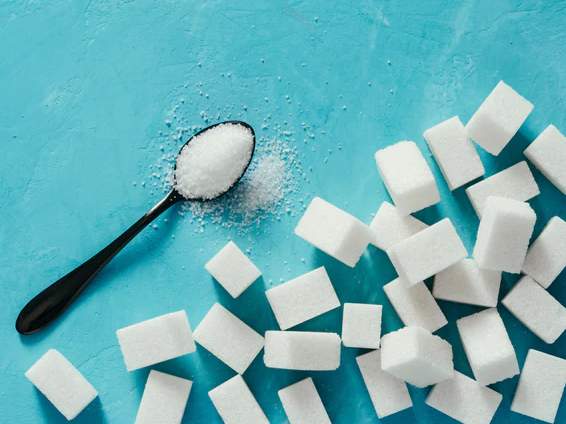The Ultimate Way to Cut Out Sugar

You may have thought of cutting back on or even quitting sugar. But how exactly should you go about it, and, more importantly, how can you achieve the greater goal of overcoming excessive cravings for sweetness?
From 2005 to 2009, at least 74 percent of packaged or processed foods contained added sugars. Even if you don’t have the habit of eating sweets, you may unintentionally consume sugar in excess. For instance, added sugars have dozens of names, so you might not even know you are eating them despite reading ingredient labels.
Nevertheless, quitting sugar is not an impossible mission. Many people face challenges not because they cannot quit but because they don’t know how or they set overly ambitious goals.
You can break it down into steps: First reduce sugar, then quit altogether, and eventually overcome sugar cravings.
The benefits of this approach are no different from quitting sugar directly. Dr. Jason Fung, a nephrologist specializing in reversing Type 2 diabetes and intermittent fasting, likened it to swimming. Some prefer easing into the water to adapt to the temperature, while others dive right in. Both approaches can achieve the same ultimate goal.
“Just like we advise people with any addiction,” Jessica Russo, a clinical psychologist in Philadelphia with a doctorate in psychology, told The Epoch Times, “every day, just [cut] your sugar down a little bit.”
“The process of quitting sugar is about retraining the palate,” said Lorenzo Cohen, professor and director of the integrative medicine program at MD Anderson Cancer Center, during an interview with The Epoch Times. Once people apply this, they will gradually discover that even items with very little sugar taste quite sweet, and unexpected changes will occur in the body.
The Epoch Times interviewed over a dozen experts and reviewed scientific studies to compile the most effective methods for quitting sugar.
Step 1: Reduce Sugar Intake
Avoid High-Sugar Foods
Reading labels is often the first habit many people adopt when quitting sugar or embarking on a diet. When reading labels, there are two key aspects to focus on: the ingredient list and the sugar content per 100 grams or serving.
“There’s more than 60 names for sugar,” Amy Gonzalez, a registered dietitian, told The Epoch Times.
These include barley malt, dextrose, sucrose, and rice syrup.
Ms. Gonzalez stated that among these added sugars, those with high fructose content, such as high-fructose corn syrup and agave nectar, are more detrimental to the body. These may harm the liver and lead to insulin resistance.
“The food industry puts all these forms of sugar in our food and lists their chemical names on the package,” Laura Schmidt, professor of health policy at the University of California–San Francisco, wrote in an email to The Epoch Times. “This is confusing for people.”
Ms. Schmidt shared a simple way to identify sugar: Look for chemical names ending in “ose,” such as “lactose” (sugar in milk). They likely indicate sugar.
Another trick: “If a product has more than a few ingredients, and some are unfamiliar sounding, then just don’t eat it,” she added.
Even in foods that do not taste sweet, like crackers or salad dressings, you might still find sugar listed in the ingredients.
One tablespoon of Heinz Tomato Ketchup (17 grams) contains 4 grams of added sugar. A Big Mac from McDonald’s has 7 grams of added sugar. In a large Big Mac combo meal (with a large Coca-Cola and a large serving of fries), the total added sugar content reaches 84 grams. Even potato chips and other other savory snacks may contain sugar.

According to the U.S. Food and Drug Administration (FDA), if the added sugar in each serving of food is below 5 percent of the Daily Value (DV)—50 grams per day based on a 2,000-calorie diet—it is considered a product with low added sugar. If it exceeds 20 percent, it is regarded as a high-added sugar product.




